The Captain crosses the ditch to check out the Surtees factory in New Zealand’s Bay of Plenty and meet the legendary Neil “Surts” Surtees, the bloke who originally built the boat that was “built to fish”.
A bloke can’t have too many sheds. This is the philosophy of Neil Surtees. Back in the 1990s, Surts, had only one shed — but no shortage of ideas. One of them was to build a rugged go-anywhere alloy fishing boat with a deep-vee hull and water ballast. Since then, Surtees boats have been kicking serious goals and have won various awards. In the past three years the Surtees 575 Pro Fisher centre console has taken out the Specialist Fishing Boat Under 6m gong at the Hutchwilco New Zealand Boat Show, as has the 540 Workmate hardtop.
When The Captain first meets Neil, he’s pulling the guts out of a 1948 Cadillac, helped by Trigger, his canine offsider. This is a man who likes to make things. “Over the years I’ve collected cars and sheds to store them,” Neil says. “This workshop is my playroom. I venture out here most days and rip into a bit of welding, cutting and building things. This is my latest project. I’ll give it a mild custom then add it to the fleet.” His “fleet” stands at around 200 rebuilds, but Neil’s actually lost count. “My end goal is to have a shed full of home-built cars, then I’ll be a happy man.
Creativity is what I get into — I like to shake them up, cut them to bits and put them back together. It’s a buzz and a challenge.” With all the horsepower sitting in his various sheds — apparently now 15 of them on the property, including the Surtees factory — Neil’s hard-pressed to pick a favourite. “I like them all. My little white coupe is pretty cool — it smokes the tyres no sweat and does the quarter-mile in 13 seconds.”
EVOLUTION OF A LEGEND
A boilermaker by trade, in the 1980s Neil got into building jet boats — the propellerless, shallow-water revelation invented by Kiwi William Hamilton in the 1950s — for a bit of extra cash. “I built one and learned how to drive it up the river, crashing into rocks and sinking things. Then I started designing and building my own jet boats. A guy wanted me to make him an aluminium racing jet boat. It went well and I got into aluminium.” A keen fisho at the time, Neil decided to build himself a fishing boat. Not one to do things by halves, he did his homework — collecting brochures, researching hull design, chatting to fishos and manufacturers. “I knocked up a jig that was completely different to anything out there. It was a lot of work. Then someone suggested water ballast and that let me run a bit more vee in my boat, which makes for a smoother ride. I built a 6.1m, put it in the water and it ran pretty good. People got wind of it and I started getting orders.” Almost by accident, Neil found himself building aluminium fishing boats in his backyard workshop in Kawerau.
In 1993, he bought a property nearer the coastal town of Whakatane. “It had a house and a shed on it, but I wouldn’t let my dog stay in the house so we lived in the shed and I built boats. I was a one-man band, but I could pop out a 6.1m every nine days. Then I got a few dollars in my pocket, fixed up the house (now the Surtees office) and started employing people. That’s how it all started. I suppose if they were shit boats, I’d still be working for the man.”
Neil’s 5.5m and 6.1m Workmate boats were definitely not shit and found a ready market with keen fishos impressed by the boat’s durable functionality. More boats sold meant more dollars, which meant Neil could hire staff and speed up the turnaround. And the punters loved his purpose-built boats. “I’m a very practical person, to me the boat is a workspace. That’s why my topsides are so wide. I do it my own way and it either works or it doesn’t. In this case, I got lucky.”
Apart from their practicality, Surtees boats were also bloody tough — handy in a country with a rugged coastline where fishos often push up into rock and reef-strewn shallows chasing prey. The company offers a 10-year hull warranty on their battlewagons, but are confident they’ll never have to honour it. “All my boats have always had fully welded floors — and under the floors it’s a bit like an aeroplane wing. It’s not the thickness of material that makes them strong, it’s what’s inside. After I build a boat, I never see it again because they don’t break. They only come back for a service or to get something added.”
PLENTY GOOD
Whakatane is about 300km south-east of Auckland, in the Bay of Plenty region. It’s a bit of a natural paradise for fishermen with ancient rock formations rippling through the landscape and out to sea towards the active volcano of White Island/ Whakaari. This means a lot of reef action underwater and an abundant fishery. Yearround species include terakihi (morwong), snapper and kingfish. Further east, superb fishing can be had around East Cape. About 25 nautical miles offshore, in Hicks Bay, with depths up to 1000m, the Ranfurly Banks is renowned for monster fish, including kingfish, bass, trevally and hapuka.
According to former CEO Adam Dyck (not biased at all), there’s only one way to experience this part of the North Island — “In a campervan with a Surtees 475 Workmate in tow.” Neil agrees it’s a great spot. “I can leave here and be on the water fishing in half an hour. Whakatane gets some of NZ’s hottest temperatures throughout the year and the fishing is great. There’s a good reason they call it Bay of Plenty.”
INNOVATION MAN
Combining a ship’s water ballast system, deep-vee hull and alloy boat was groundbreaking technology at the time. Neil had solved a big problem. The deep-vee made for a smooth ride while the anti-roll stabilising water ballast created a super-stable fishing platform at rest. “Back in the day a lot of boats were breaking — their wooden floors gave no structural strength. I was going to boat shows with two model boats — one with a wooden floor and one with an aluminium floor. You could twist the wooden one, but you couldn’t twist mine.”
Water ballast was a major light-bulb moment, according to former CEO Adam Dyck. “For example, the 750 Game Fisher has 530L of ballast,” Adam says. “When taken on board, that gives 530kg of additional weight down low. But when the boat gets underway, the ballast can drain very quickly, allowing the ride capability of the hull to come into play.” The water ballast at rest turns the boat into a stable platform. “They don’t rock and roll like other boats,” Neil says. “They just do the job.” A couple of years later, Neil came up with the first successful folding hardtop — making it easier to stash your boat in the garage.
BAR CRUSHER BASTARDRY
A common hazard on the Kiwi coast is negotiating a tricky or dangerous bar to get out among the fish. That was another bit of feedback Neil was listening to, in 1994 introducing the tough 6.1m Barcrusher to the Surtees fleet. He began exporting boats to Australia, but hit a snag. “I used to sell hulls to these Aussies, the Cleland brothers. But they set up a factory building direct copies. They built a wicked business on the back of my designs and I got nothing out of it.”
By 2005, with about 40 employees and turning out a range of models including the 6.7m Sportfisher and 5.5m, 6.1m and 6.7m Centre Consoles, Neil reckoned the operation had become a “bit of monster”. So he sold out to a group of investors, staying on as a director. “It was too big for me — I like making things, not managing staff.” Tech innovations such as computer aided design (CAD) and hydrodynamic tools were not to his taste, even though they were much less labour-intensive. “I’m old-school. Back in the day, you’d build a jig, make patterns and trace around them. I used to skilsaw them out flat on the ground.” These days, Neil is one of three shareholders in the operation, which employs a team of around 60 people, many of them locals who also own Surtees boats. “There are a lot of mouths to feed, but they’re all doing a good job. It makes me feel proud.”
The factory is a streamlined operation, turning out between 300 and 400 boats a year, recently seeing the 60,000th Surtees roll out the door. The journey from design to finished boat starts with the parts fabrication team. The boatbuilding department assembles those parts and builds the hull, one boat builder doing the job so quality control is absolute. The fit-out riggers then do their thing followed by upholstery and paint. Everything from go to whoa happens on site — and Surtees has a shedload of optional extras. As a finishing touch, the boat builder signs his or her initials on the stern of the boat with a welding torch.
ALUMINIUM VS FIBREGLASS
Needless to say, Neil loves aluminium. “It’s quick, welds really fast, cuts relatively easy and you can turn it into something cool. There’s only so much you can do with pressing and folding. You can only bend one way so you can’t do compound curves, but I have a few little tricks. You’ve got to have a good eye — things have to flow and look right. I’m not a fibreglass man. I’ve never been into it — it’s itchy, horrible and all about sculpting. If you can manufacture something in aluminium that’s cost-effective, it reflects at the other end. But if you try to build a fibreglass boat out of aluminium it’s going to be very labour-intensive, filled with bog and guaranteed to crack. It’ll look good when you buy it, but in 10 years will look like a rusty old car.”
KEEP THE CUSTOMER SATISFIED
The Surtees HQ is out in the country, about 20 minutes from Whakatane and 10 minutes from Lake Rotoma, which Neil reckons is the ideal testing ground to put a new boat through its paces. “Our customers have done their homework and probably already know someone with a Surtees boat. We’re out in the country, so we don’t get the tyre kickers.” With a comprehensive dealer network in NZ and Australia, Surtees also sells a lot of boats into the US and Europe. Adam Dyck notes a big difference between Aussie and Kiwi customers. “Whereas Kiwis mostly have abundant fisheries on their doorstep, Aussies have to travel a lot further to fishing grounds, particularly on the eastern seaboard. So we’ve increased the size of our fuel tanks. Aussies also seem to love a lot more paint — I think Kiwis might bang their boats around a bit more.”
LIFE AFTER BOATS
The man who came up with the boat that was built to fish doesn’t do as much fishing as he used to. He’s still got a boat, of course, but it’s pretty low-key. “It’s a little 5.5m with foldout seats and a Honda 100 on the back. It just lives out in the yard, in the weather. I’m not into the fancy frills — just turn the key and off we go.” When Neil’s not ripping the guts out of vintage cars, he’s on the road with his youngest son, who is mad on go-kart racing. “At the moment, me and my young fella are pretty busy travelling around the country, going to all the go-kart meets. It’s great fun.” When The Captain asks his final question, Neil just laughs. “I’ve got no idea how many boats I’ve built. It’s a bit like my cars — I’ve never counted.”




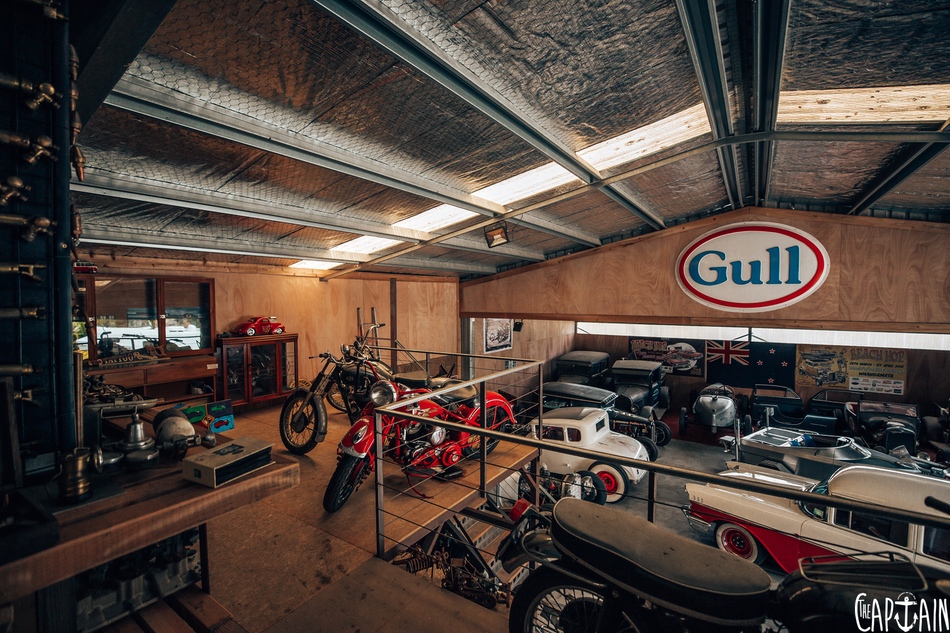
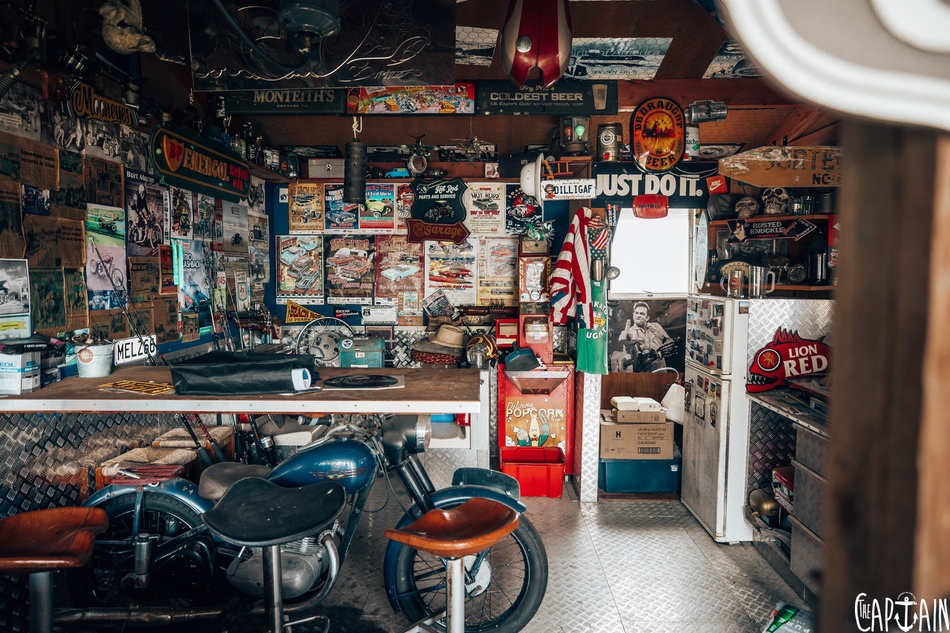
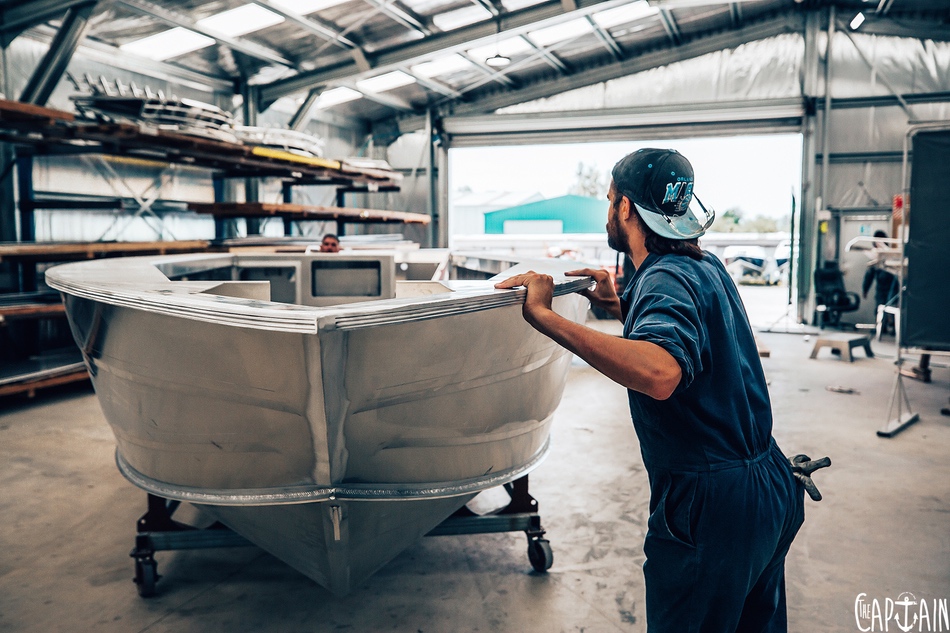



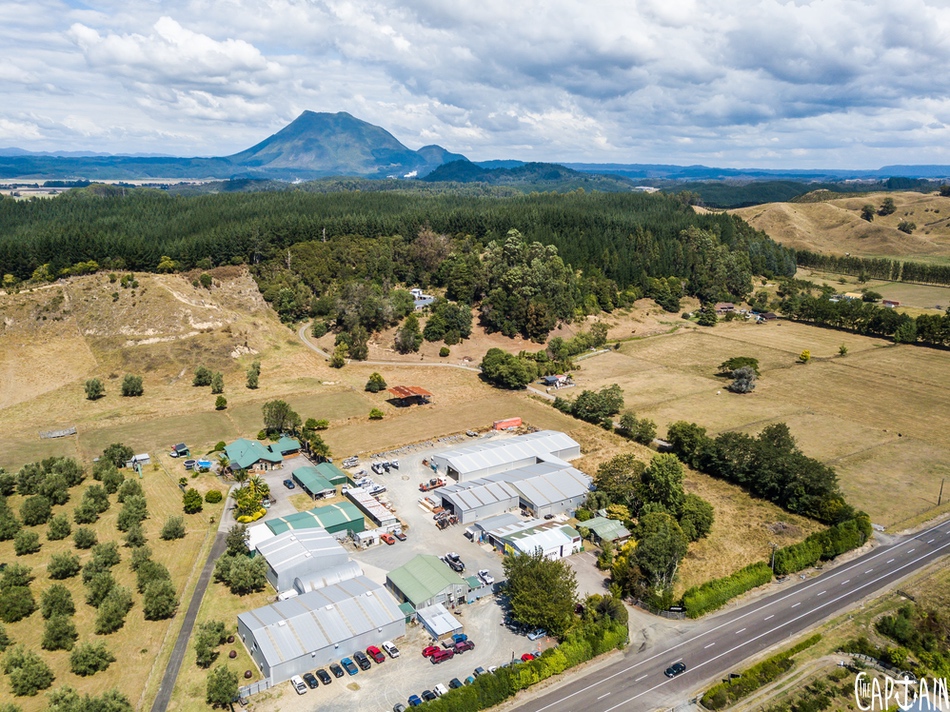


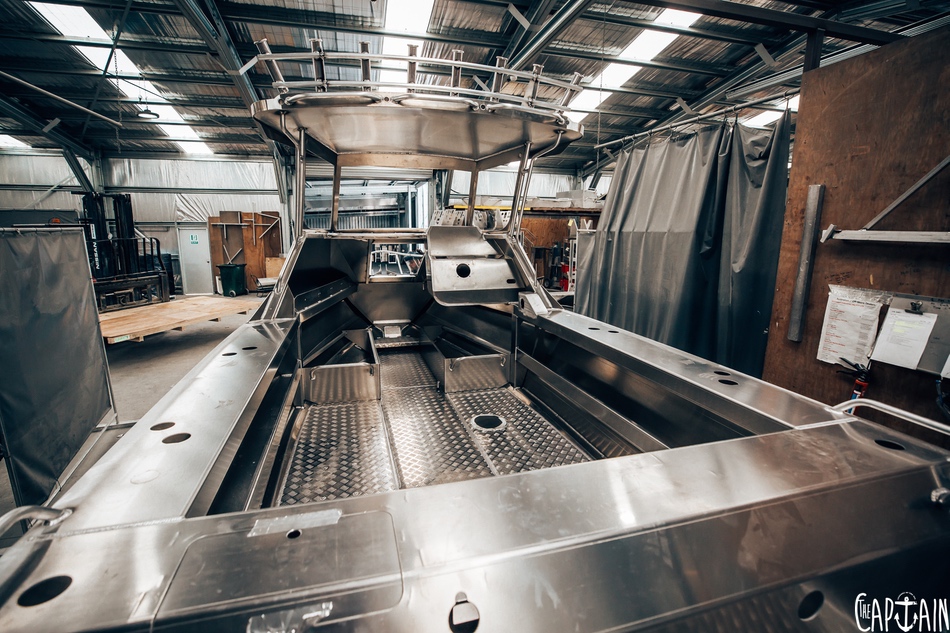





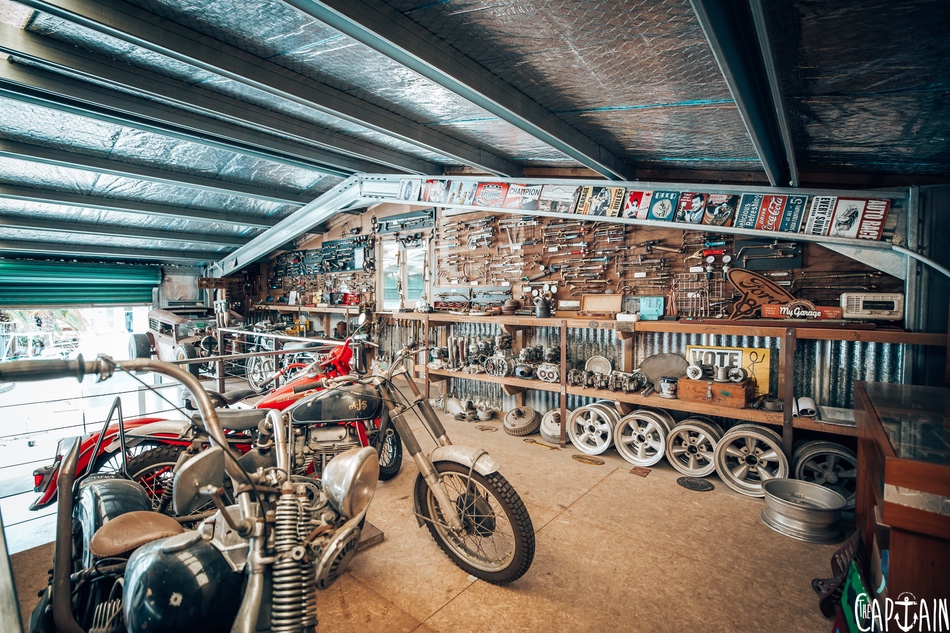
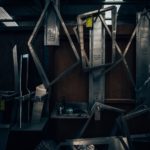
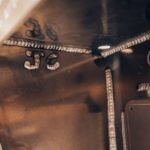
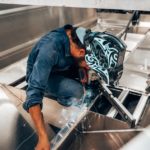
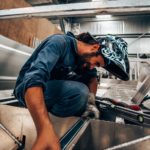
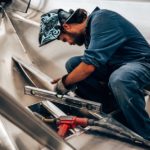
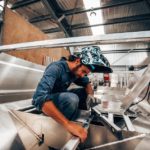
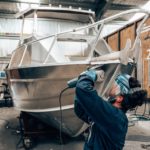
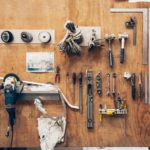
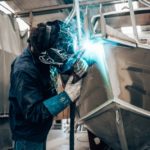
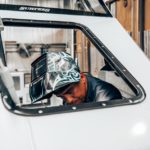
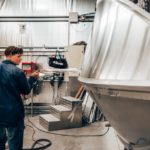
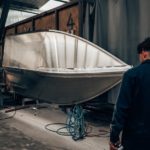
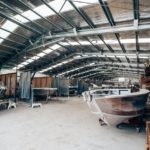
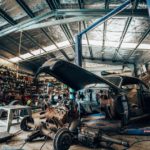
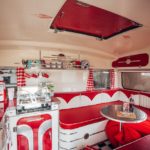
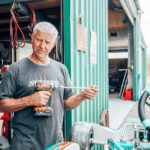
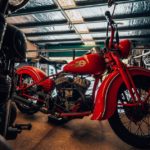
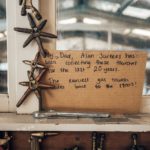
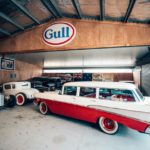
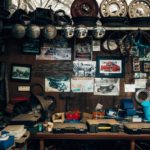
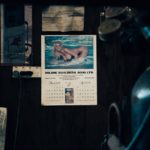
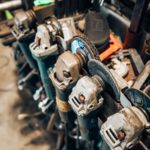
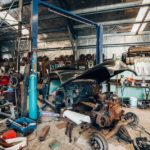
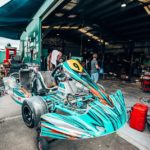
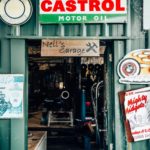
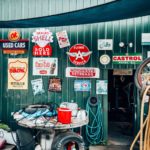
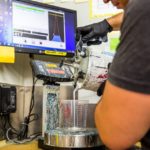
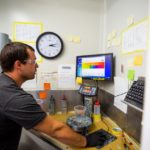
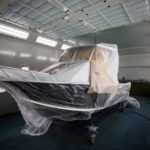
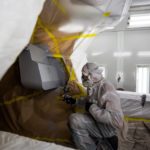
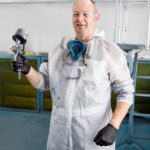
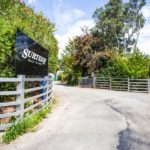
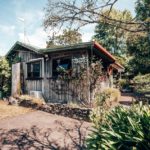
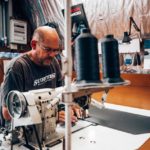
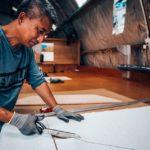
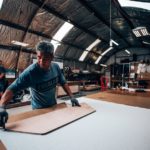
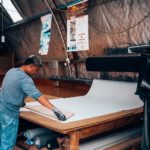
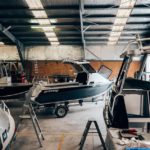
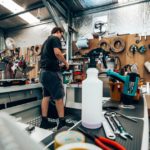
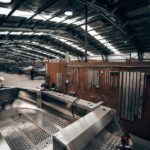
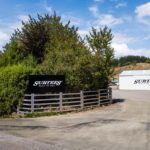
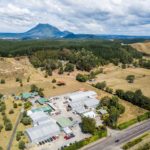
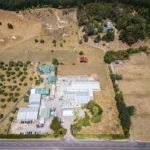
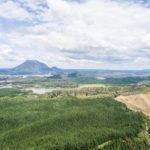
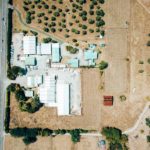
Recent Comments